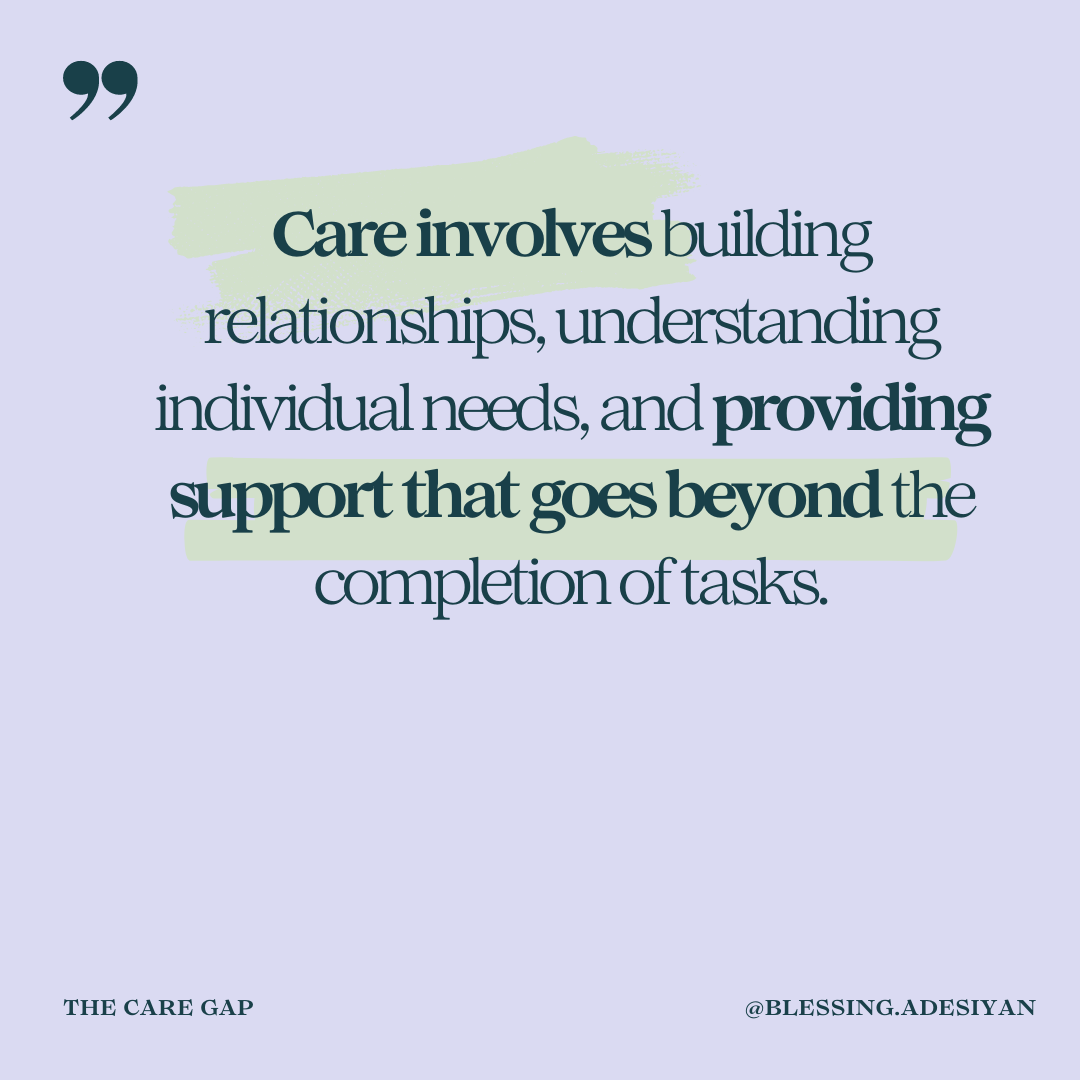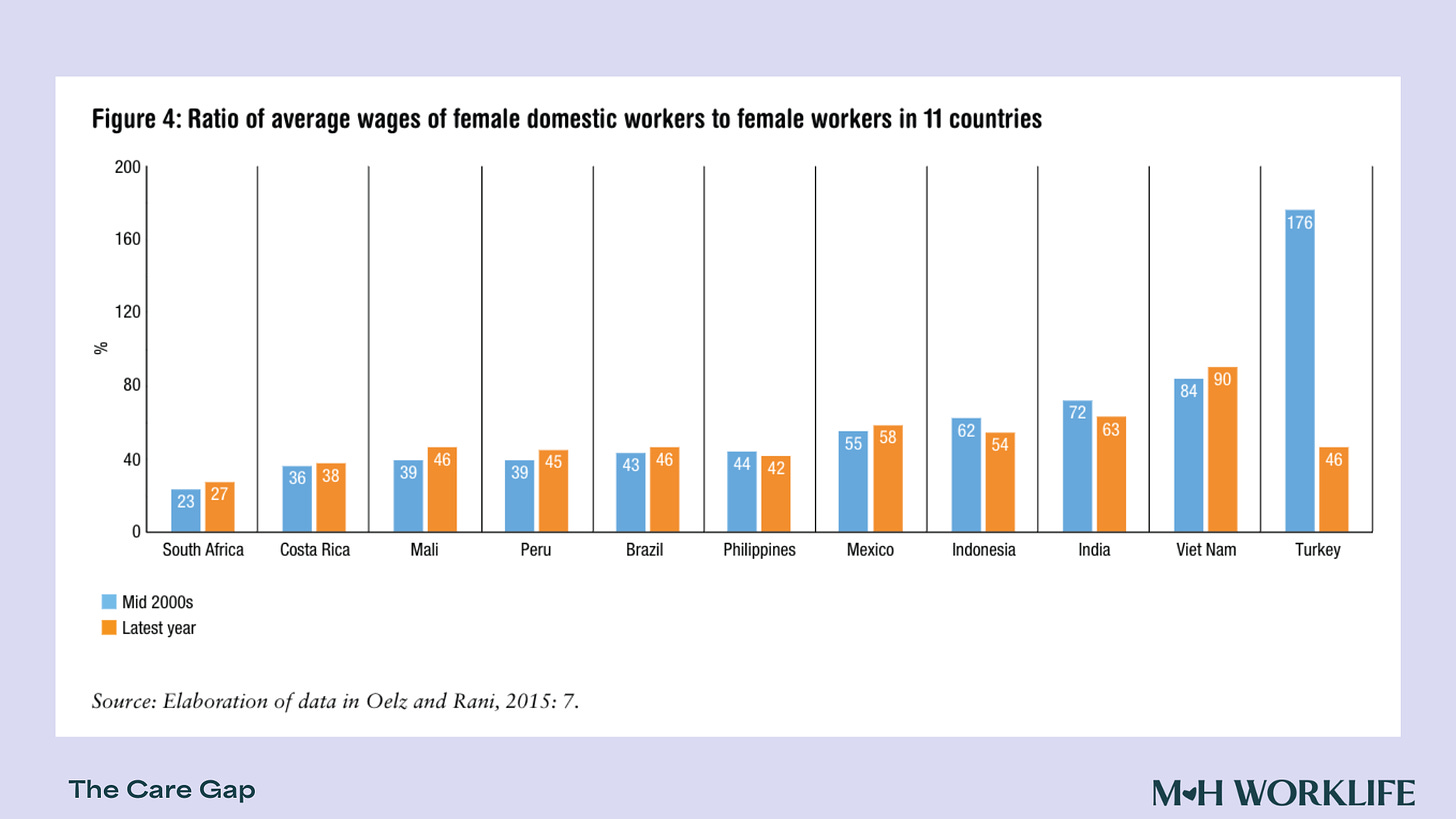Convenience At A Cost: The Uberisation of On-Demand Care Work
a critical examination of how on-demand models are transforming care work
This newsletter will move to Thursdays as I typically spend a bit of time muling over what I want to write about. And I also need time to gather data and research on the topic earlier in the week. I now recognize that is quite an ambitious task for a mother of four kids and running a global business. I also never outsource my writings because they are deeply personal to me. I hope you will understand and keep supporting this important work.
As the year unfolded, my heart was filled with a mix of hope and a profound sense of responsibility. At MH, we took bold strides into new territories with the launch of Caring Africa, while also gearing up for a significant Summit on the horizon. Amid these endeavors, we're nurturing a vision to bridge the care gap that looms over the modern African family—a mission that resonates deeply with our past experiences, particularly with Villo, our ambitious project launched amid the pandemic's uncertainties. Villo was driven by the belief that care at home could be streamlined and customized, much like placing an order at your favorite lunch spot. However, this journey brought us face-to-face with the inherent complexities of care—its essence, we discovered, cannot be distilled into mere transactions.
Villo's concept was inspired by the simplicity and personalization one experiences in places like your favorite Salad bar, where a meal is crafted to your preferences right before your eyes. We envisioned bringing this level of simplicity to care, transforming it into a service where families could select their needs from a menu, and an available care worker would be dispatched to meet these needs on-demand. Yet, the journey with Villo unveiled a crucial insight: care is not transactional, even when it involves financial exchange. It's a deeply personal endeavor, taking place within the privacy of our homes and involving those we cherish most.
Domestic work is among the many occupations affected by technology. Workers and employers are matched online to provide immediate care for children, elderly, disabled, and or the home. Although its hard to measure or quantify, there are about 76 million domestic care workers globally and they are often at the intersection of several axes of disadvantage. It is a highly gendered occupation with about 81% of workers identifying as women. Domestic work is a substantial proportion of women’s wage employment, accounting for 7.5% of women’s wage employment worldwide, and a far greater share in some regions. In addition, there remains a huge gap between the average female wages and the female care worker across all regions.
Keep reading with a 7-day free trial
Subscribe to The Care Gap to keep reading this post and get 7 days of free access to the full post archives.





